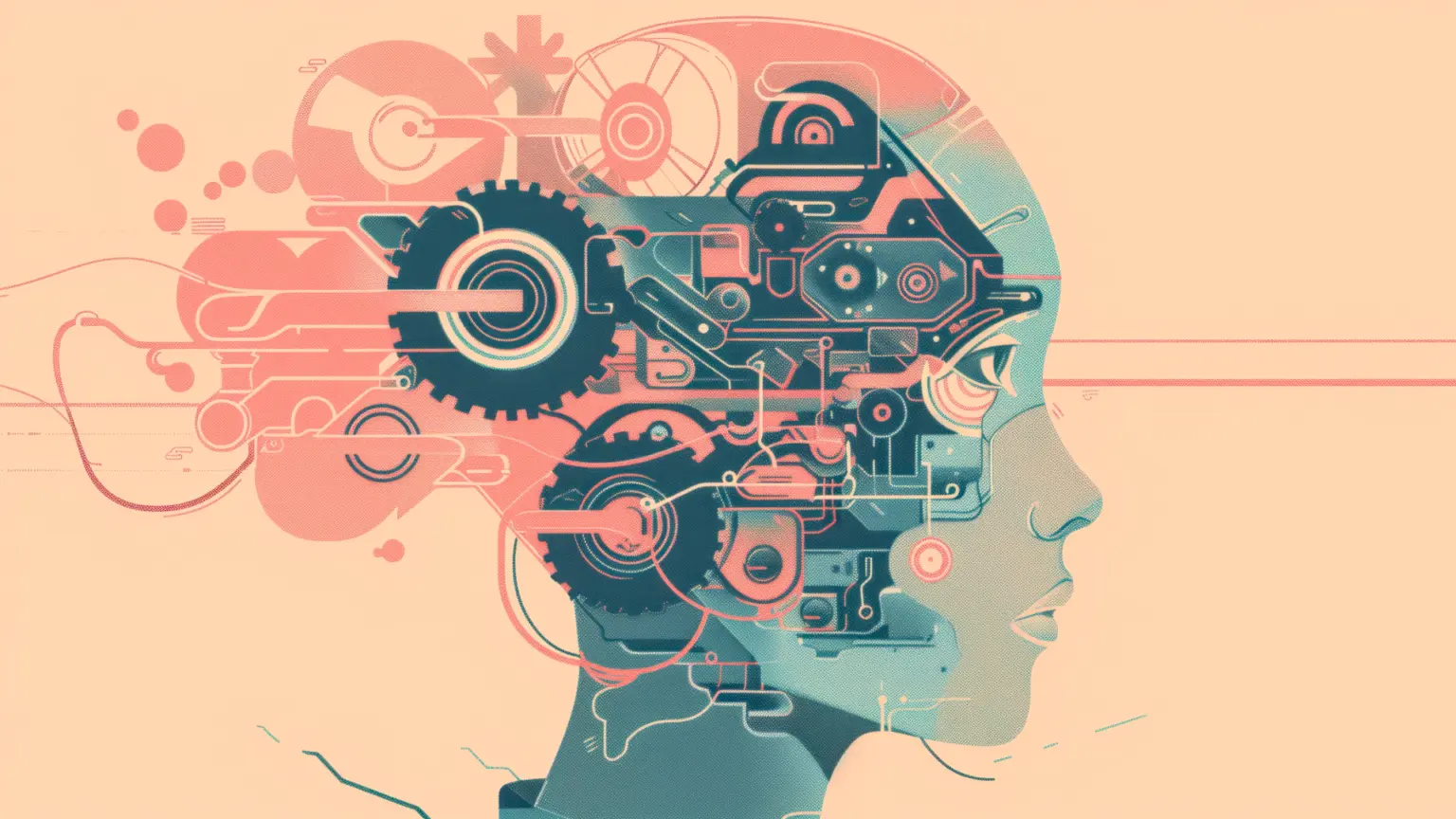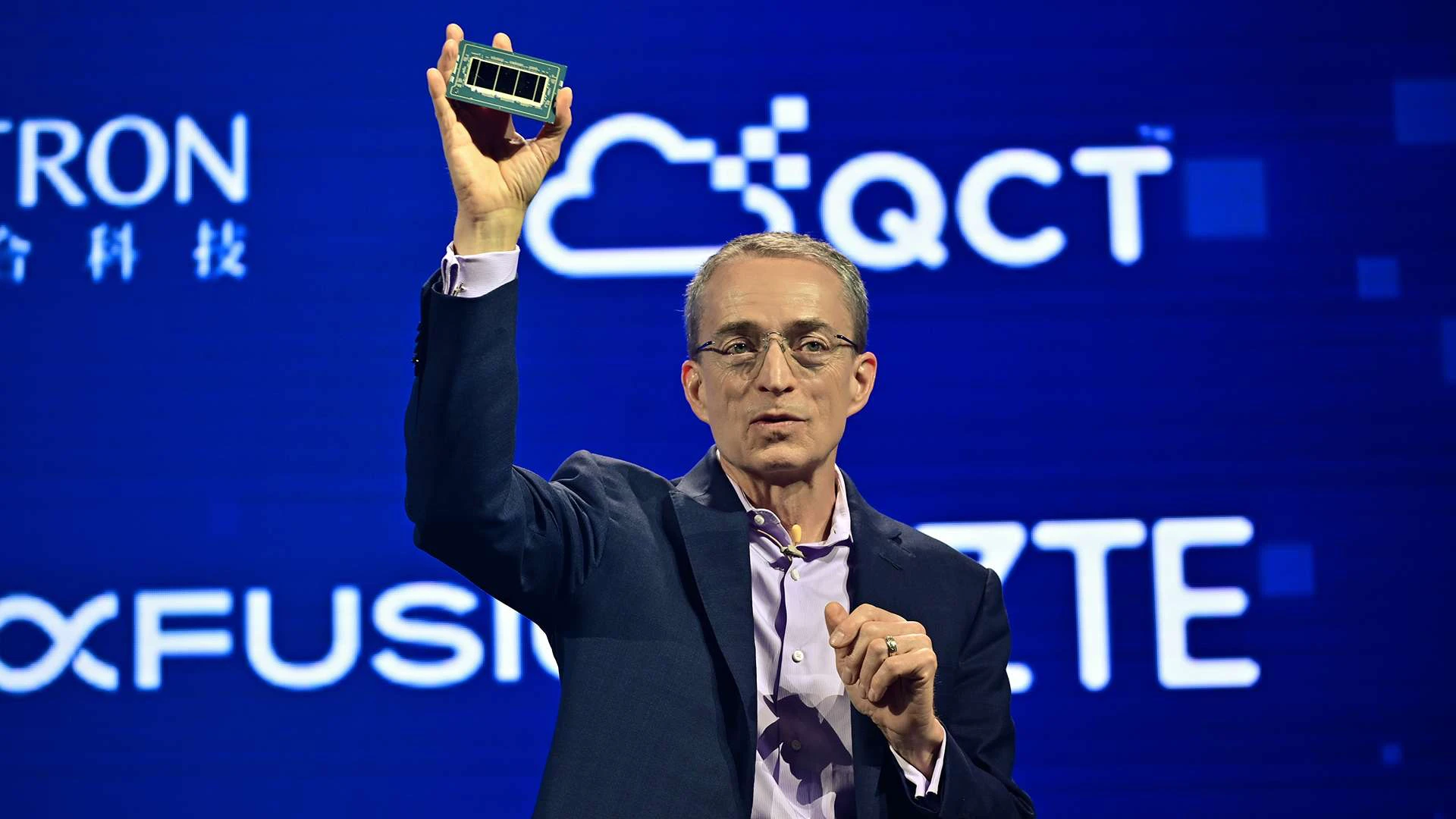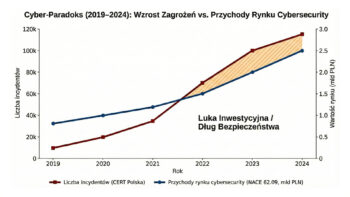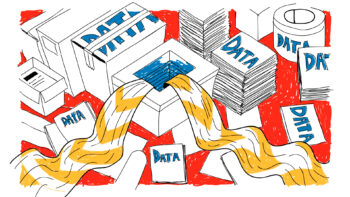Singaporean startup Sapient Intelligence is challenging AI giants with a new architecture that handles complex problems more efficiently. The model, inspired by the workings of the human brain, needs far less training data and computing power than current language models.
The company has developed the Hierarchical Reasoning Model (HRM), which, as the name suggests, processes information hierarchically. Rather than relying on the chain-of-thought method popular in large language models (LLMs), which generates textual reasoning step by step, the HRM uses two specialised modules.
Architecture inspired by neuroscience
At the heart of the HRM model are two interacting components. The high-level module (H) is responsible for slow, abstract strategic planning, which can be likened to conscious thought in a human being. The low-level module (L), on the other hand, deals with fast, detailed calculations, acting like human intuition. This dual-track architecture is intended to prevent the errors and instability that often plague LLMs during multi-stage tasks.
This approach stands in contrast to the ‘chain of thought’, which can sometimes be slow and error-prone because the model has to ‘speak’ each reasoning step. HRM processes these steps internally, without the need to verbalise them, making the process much faster and more efficient.
Less is more
Most impressive is the new model’s data efficiency. In benchmark tests, such as solving extremely difficult Sudoku puzzles or the ARC-AGI (Abstraction and Reasoning Corpus) test, HRM outperformed much larger models from OpenAI and Anthropic. Crucially, it needed just 1,000 training examples for each of these tasks.
According to the developers, for complex problems requiring decision-making, HRM can be up to 100 times faster and much cheaper to use than traditional LLMs. What’s more, the model not only solves problems, but also learns how to do it more and more efficiently. When trained on Sudoku puzzles, the HRM needed fewer and fewer steps to reach a solution, mimicking the process by which a novice becomes an expert. Potential applications of the technology include robotics, medicine and scientific research, fields where not only the answer, but also a reliable, efficient process for arriving at it, is crucial.












